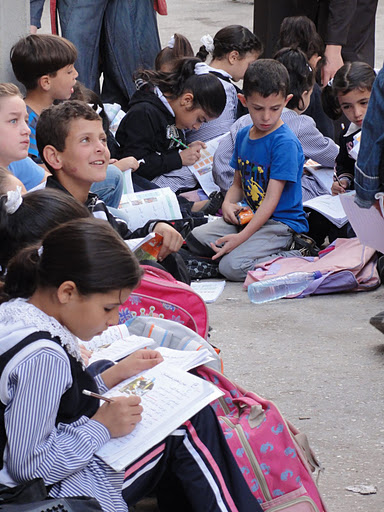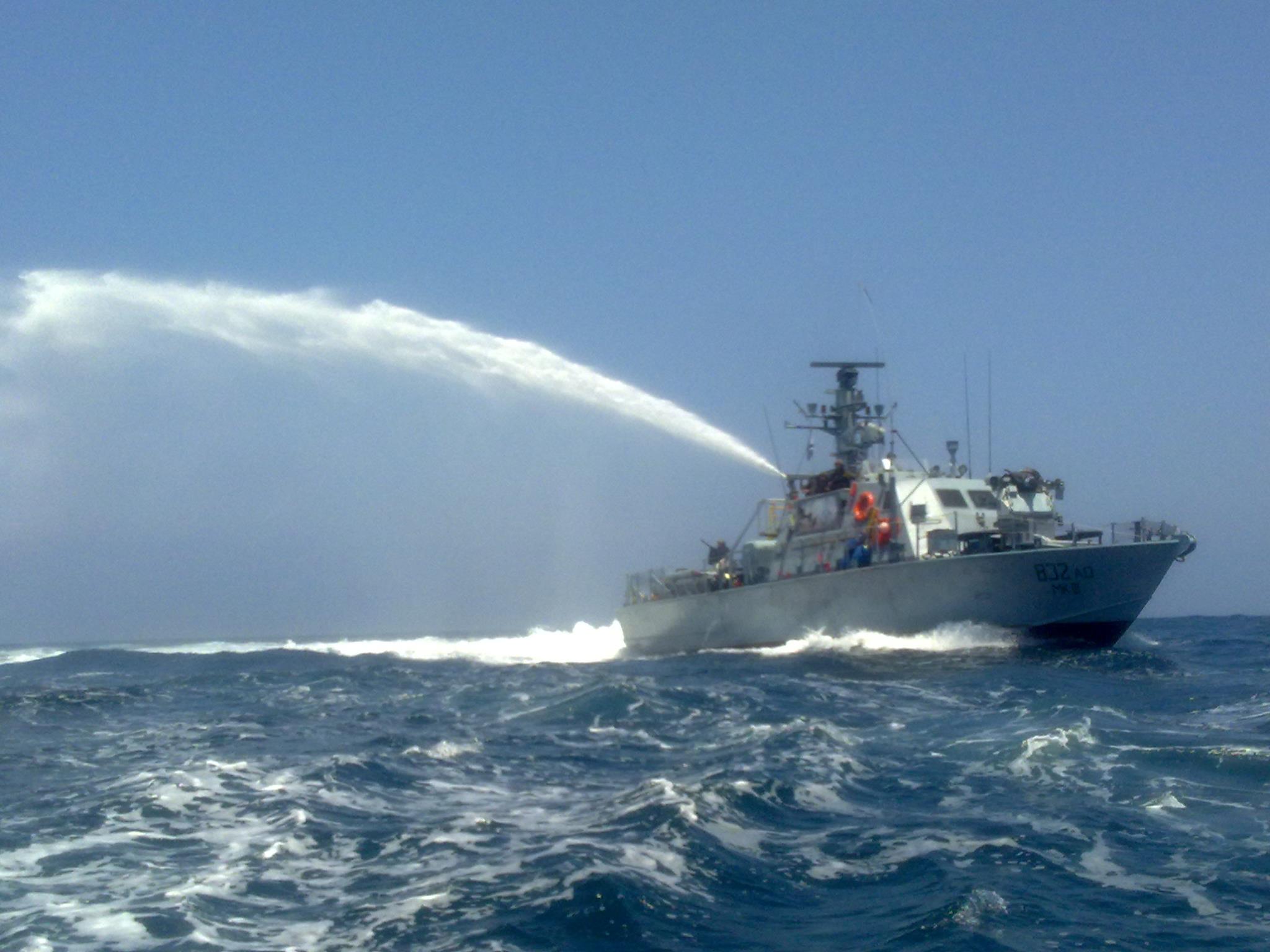Tag: Video
-
Day 4: When school becomes Israeli Occupation
16 October 2011 | International Solidarity Movement, West Bank On the 4th day of demonstrations outside of a checkpoint in Hebron, on October 16 2011, IDF soldiers shot tear gas and projected ‘The Scream’ at a group of young schoolchildren and female teachers, who were attempting to hold a lesson outside of the checkpoint as…
-
Hebron school demonstrates for third day: “Without teachers there is no school”
13 October 2011 | International Solidarity Movement, West Bank For the third morning children and teachers from Qordoba Scool gathered on the H1 side of Checkpoint 56 at 7.30am. The children, with the support of their teachers and the Director of Education in Hebron, Nisreen Amro, peacefully protested against heightened “security measures” that were introduced…
-
CPS Gaza crew attacked by Israeli warship
13 July 2011 | Civil Peace Service Gaza For Immediate Release Israeli naval forces attacked the Civil Peace Service Gaza monitoring boat with water cannons earlier today. Civil Peace Service Gaza is an international third party non-violent initiative to monitor potential human rights violations in Gazan territorial waters. The initial attack happened at 12.05pm local time.…


